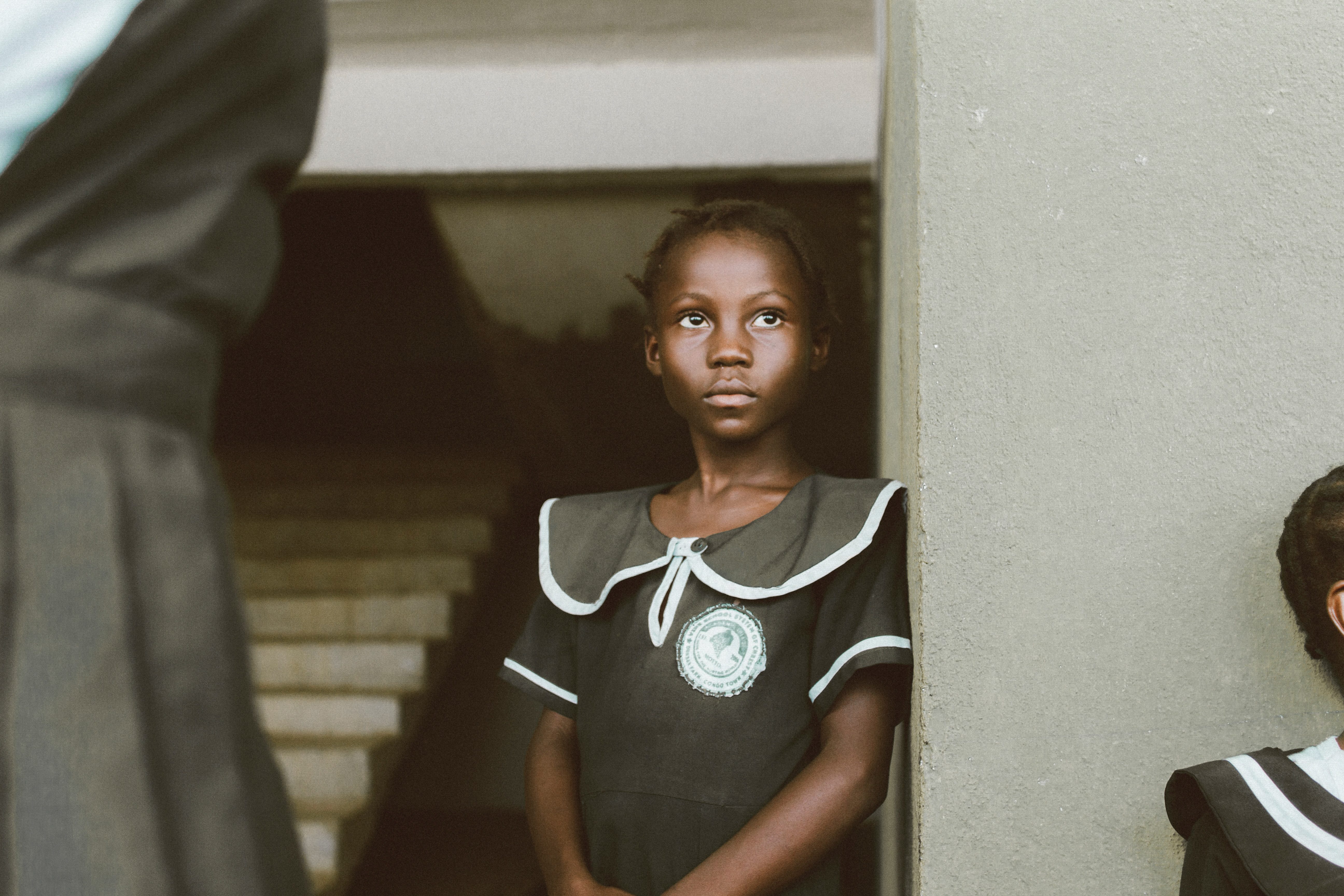President Uhuru Kenyatta recently declared his intention to increase Kenya’s budgetary allocation on education to 30 percent. Although this shows the commitment of the government towards improving the quality of education in the country, the number of Kenyan’s out-of-school children is worrisome. This is because, although Kenya’s primary education is free, a family still holds the responsibility of paying for textbooks, uniforms and teachers’ salaries. More so, that only 19 percent of girls are in school, particularly speaks to the high level of poverty and gender inequality in most parts of the country.
A 2017 report by Kenya Climate Innovation Center revealed over 1.2 million children who are supposed to be in school do not attend classes and are involved in trade activities such as herding and farming to supplement their families’ income. Whereas, many of those who manage to secure a chance to attend school have no means of transportation and mostly have to walk numerous kilometers to get to school. Equally, the long-standing notion that education only hinders the girl-child from contributing to the family’s income is a major factor affecting a girl’s education in Kenya.
Rather than allowing them to go to school, parents often make their daughters stay at home to do house chores and take care of the family. It is a cultural way of preparing female children for marriage. These backward ideas are brazen in Kenya. In marginalized areas, parents subject their girls to female genital mutilation with the goal of eliminating teenage pregnancies and increasing their chances of marriage.
What is the Government Doing
In fairness to the government though, the recent introduction of free food programs in rural community schools—and the setting up school farms to help sustain it—could serve as incentives to make children stay in school, especially during the early months of the year when famine hits the country. The collaboration of local governments, tourists, and non-profits in building more schools will prove useful in reducing the problem of transport and safety of the students, too.
The government should, however, be at the forefront of ensuring that every Kenyan child, especially girls, irrespective of location, have easy access to a good education. More importantly, attention should be focused on scraping misogynistic practices; More girls should be in school, not confined to the kitchen.
Improving the education of the female child in Kenya would also require civil societies to raise awareness in communities. They should especially sensitize girls in rural areas on the need to be in school.
It is imperative for the government to put measures in place to prevent gender-based violence in schools. The enrollment of more female teachers will encourage more girls to love to study and teachers should be trained to promote gender equality among students by ensuring female students are included in school activities as their male colleagues.
Whereas, parents should alleviate the workload of girls at home so that they can have more time to study and appreciate the education.
Morilyn Muthoni is the founder of Ladies of Liberty Alliance (LOLA) in Tanzania. She is a graduate of Library and Information Management from The Open University of Tanzania. She is also a graduate of Atlas Leadership Academy and tweets via @Morilyn2014.

